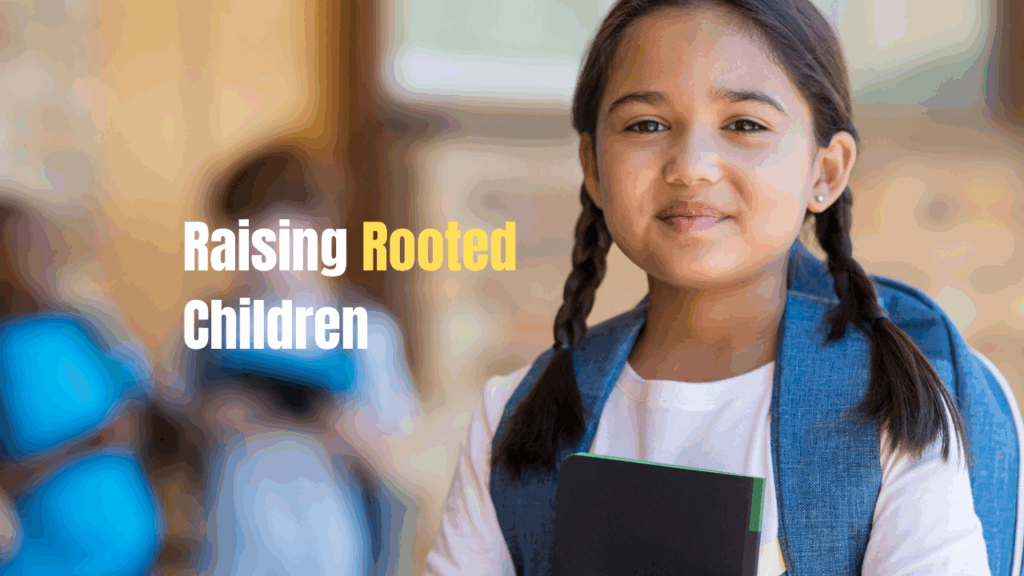An Insight into India's Sports Landscape: Level Playing Field for All or Not
India’s sports landscape is evolving. Sports organisations are actively investing in various disciplines. But there is still a gap between the achievements of Paralympic athletes and Olympic counterparts. While Paralympians have brought home numerous medals, showcasing remarkable talent and resilience, Olympic athletes struggle to match this success despite extensive resources and support.
Debayan Sen, Sports commentator and Partner. P and D Consulting gave his insight saying, “The simplest explanation for this is that India takes Paralympic sports a lot more seriously than several other countries. It is a dichotomy, because India as a nation is far behind several other ones, even in Asia, in terms of being differently abled friendly, when it comes to things like public spaces, transport and other such facilities.”
“What makes a marked difference is government support, which for Paralympic athletes is at level playing field with fully abled Olympians. This is probably something that separates India from a lot of other nations. In terms of training and support systems, there isn’t a lot of gaps in the Indian system either for Paralympians or for Olympians. I personally feel that because Paralympics have slightly lower visibility, there’s probably a more efficient system of support, where people aren’t jumping on to the bandwagon only for visibility or for personal gain.” He further added.
M.N. Vishwanath, sports mental conditioning coach, sports psychology coach, author, blogger, and podcaster had a different point of view. He says that “It`s not right to say that- differently-abled athletes often receive more targeted support and resources leading to better performance outcomes. I say so because not all para-sports bodies receive generous financial and technical support. A handful of NGOs across the world support only a few sports and not all. The success of the para-athletes is not entirely due to sports bodies and government support- there is so much they do with their effort.
The success of Indian Paralympic athletes on the global stage is often attributed to the perceived high level of training they receive. It’s important to note that the training landscape for all athletes in India has undergone significant improvements in recent years. Debayan explained that “In India most para-athletes have reasonable financial backing, through government sector jobs of their own. This makes them more comfortable and confident when stepping into the arena of something like competing abroad.” Whereas Vishwanath pointed out that para-athletes receive high-level training. Even able-bodied athletes receive more than adequate support from their sports bodies and the government.
Indian sports organisations must adopt a more holistic approach to training and support for Olympic athletes. This includes enhancing funding, improving infrastructure, and implementing tailored programs that address the unique needs of each athlete. Debayan emphasised this fact saying, “Across Indian sport, the central issue is that the bulk of investment on a budding athlete happens when they are already in their mid-teens. I personally believe that the best and most productive training for athletes must take place in the formative years, somewhere around the 5-7 years of age category.”
It’s true that Indian Paralympic athletes have consistently achieved remarkable success on the global stage, Olympic athletes often face challenges in matching their counterparts. This disparity can be attributed to several factors, including government support, training systems, and early-age investment. By addressing these key areas, India can create a more equitable and supportive environment for all athletes, enabling them to reach their full potential and compete at the highest level. Let’s foster a culture of sportsmanship, resilience, and determination that can help inspire athletes of all abilities to strive for excellence.



